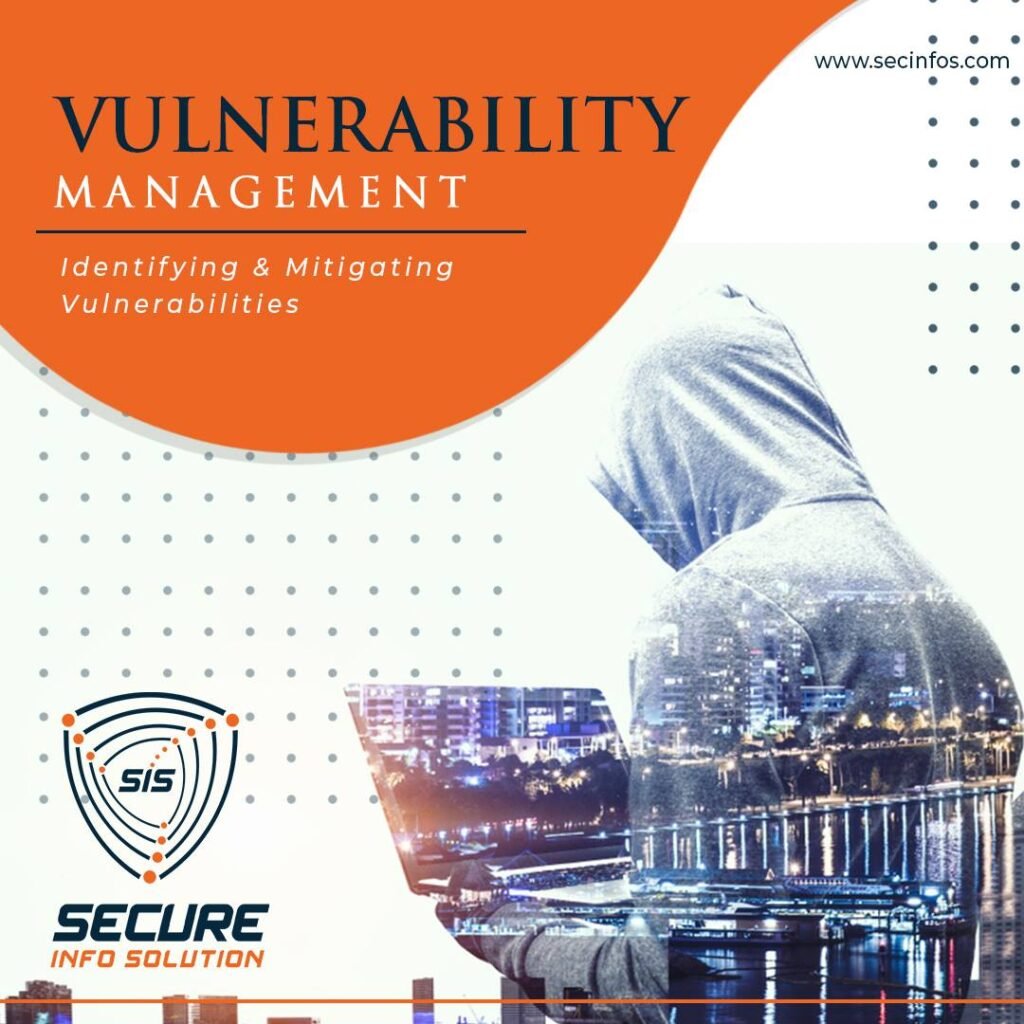What is SQL Injection?
SQL injection and backdoors are two of the most serious threats to any business’s cybersecurity. SQL injection, in particular, is a type of attack that exploits vulnerabilities in a website’s database to access sensitive information. This can range from simple login credentials to sensitive financial and personal data. Meanwhile, backdoors are hidden entries into a system that allow hackers to bypass security measures and gain unauthorized access.
How Does it Work?
To understand the dangers of these attacks, it’s important to first understand how they work. SQL injection attacks are made possible by weaknesses in the SQL code that is used to build a website’s database. By injecting malicious code into the SQL code, hackers can trick the database into revealing sensitive information or even executing unauthorized commands.
Backdoors, on the other hand, are often created by hackers themselves as a way to maintain access to a system even after a successful attack. This is achieved by planting a hidden program or script on a target’s computer that can be used to bypass normal security measures.
The Consequences of a SQL Injection Attack
The consequences of a successful SQL injection attack or backdoor intrusion can be devastating. Not only can sensitive information be compromised, but entire systems can be taken over and used for malicious purposes. Businesses can suffer reputational damage, financial losses, and even legal consequences if customer data is stolen or misused.
Prevention is Key: Protecting Your Business from SQL Injection and Backdoor Attacks
To prevent these types of attacks, it’s crucial for businesses to implement strong security measures and to stay vigilant in monitoring their systems for signs of compromise. This can include regular vulnerability assessments, penetration testing, and the use of firewalls and intrusion detection systems. Additionally, it’s important to educate employees on the dangers of these types of attacks and to implement policies to minimize the risk of exposure.
Conclusion:
SQL injection and backdoors are serious threats to any business’s cybersecurity. By understanding how these attacks work and taking steps to prevent them, businesses can protect their sensitive information and prevent devastating consequences.
















